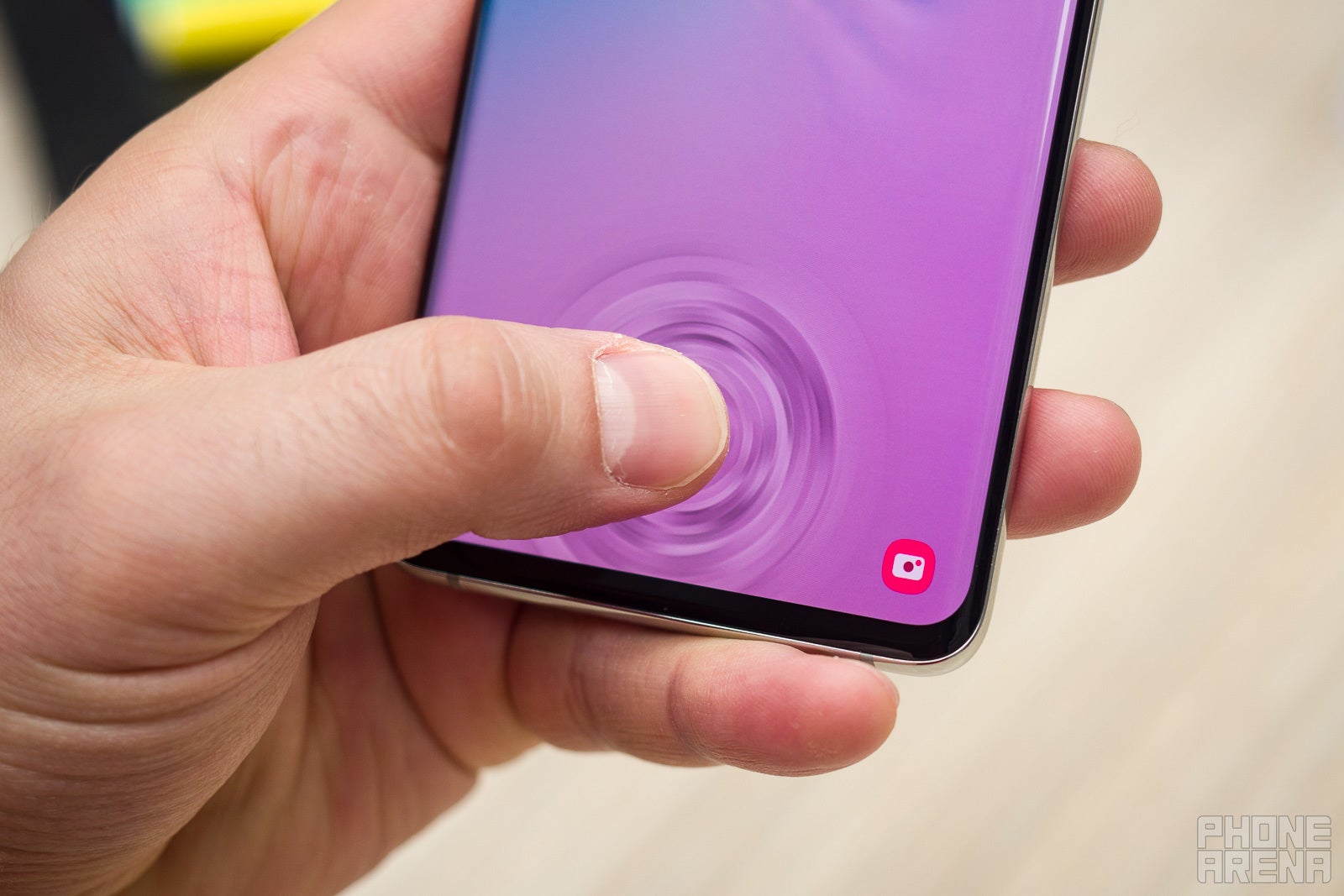The Samsung Galaxy S11 already has a codename... And it's very creative

The Samsung Galaxy S10
The Galaxy S11 is named after a famous Spanish painter
According to Ice Universe, Samsung’s first flagship series of 2020 is collectively known internally as ‘Picasso,’ a nod to the Spanish painter, sculptor, and poet of the same name. The Galaxy S8, Galaxy S9, and Galaxy S10 were known respectively as ‘Dream,’ ‘Star,’ and ‘Beyond,’ therefore making the Galaxy S11’s codename quite the departure. However, it falls in line perfectly with Samsung’s most recent scheme – the Galaxy Note 10 is known as ‘Da Vinci,’ also a reference to the Renaissance painter and inventor of the same name.

Possible Galaxy S11 design and camera upgrades
Samsung has made no secret of the fact that it’s developing “full-screen” smartphones that include no notch, no punch hole, and no camera pop-up or slider mechanism. These designs, however, rely heavily on under-display cameras, a technology that is still very much under development.
As revealed by the South Korean giant earlier this year, the “perfect” devices it’s aiming to create probably won’t be ready for the next year or two. Theoretically, if everything goes to plan, the technology could be fully developed by the time of the Galaxy S11’s release in early 2020. But considering the risks that using it conveys, Samsung will most likely wait another year to further perfect its implementation.
Because of this, it seems extremely likely the Galaxy S11 lineup will retain the punch hole design found on this year’s Galaxy S10 series. Presumably, though, the size of the cutouts and bezels will be reduced in order to avoid a dated look. Samsung may also implement a more noticeable curve along the edges of the display, as is expected from the Galaxy Note 10 later this year. Another possibility is the repositioning of the selfie cameras.
Speaking of cameras, it’s unclear at the moment if Samsung has plans to add sensors to the rear of its next-gen flagships. But if it does so, the Galaxy S11e will most likely gain a telephoto lens, while the Galaxy S11 and S11+ could include a new Time-of-Flight sensor.
As seen with the Galaxy S7 and Galaxy S9, Samsung has a habit of reserving its big camera sensor upgrades for the years it reuses a past design. This would suggest that the Galaxy S11 series will benefit from totally new sensors, both up front and on the rear.
The Galaxy S11 could arrive with a vastly more powerful processor
Moving on to the internal side of things, the Galaxy S10 series uses both Samsung and Qualcomm processors. These are built on the 8-nanometer and 7-nanometer manufacturing processes respectively, but with the Galaxy S11, Samsung could make the jump over to a 5-nanometer chip.
According to Samsung, the first chips manufactured using its 5-nanometer process will start arriving during the first half of 2020, just in time for the Galaxy S11 series. Performance wise, the upgraded process should provide a boost of around 15% when compared to 7-nanometer chips. Moreover, a 20% boost in efficiency is to be expected alongside a 45% reduction in size.













Things that are NOT allowed: